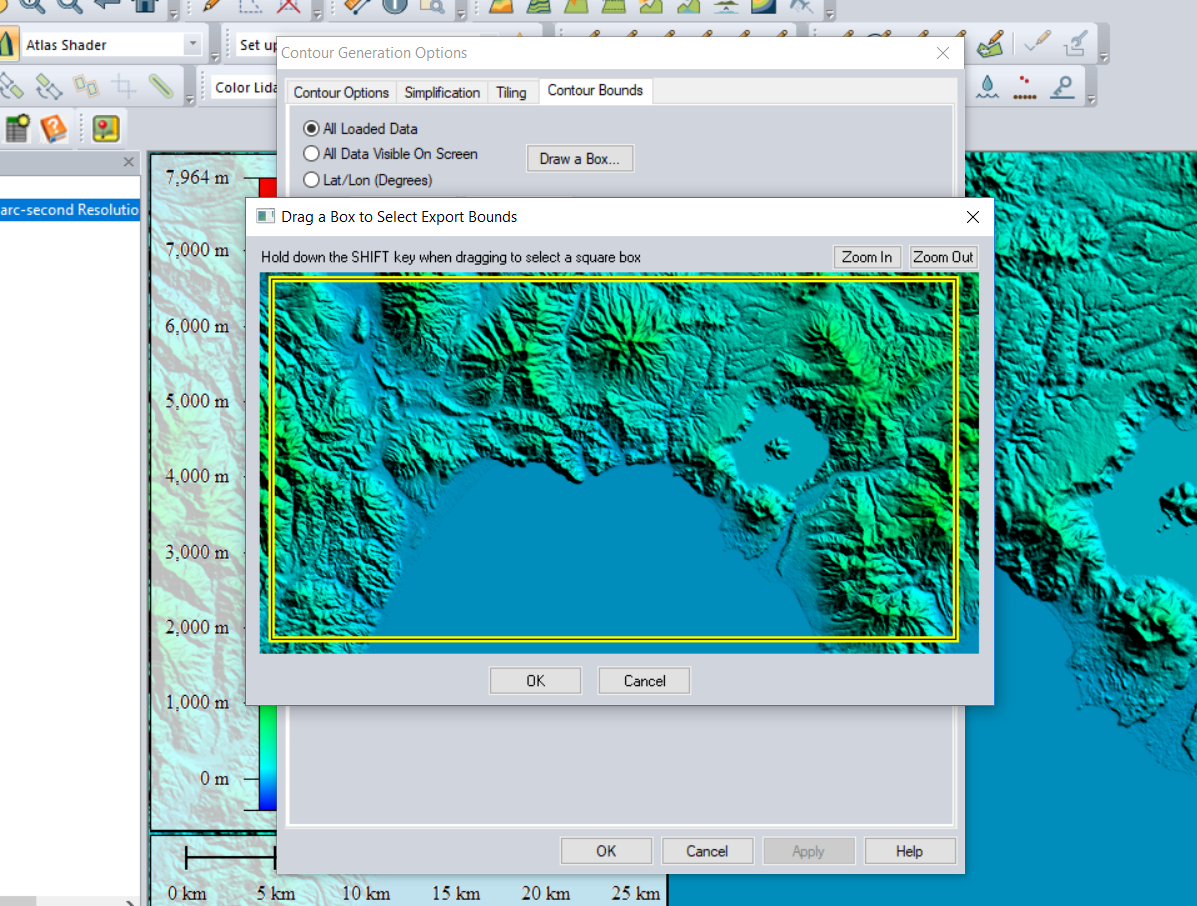
But as you add more and more control points, the shifts become minimal. If you are adding, for example, five or six control points, your image will shift greatly and begin to line up with your reference map. However, the more control points you add, the less effective this transformation becomes. It requires no set number of control points and allows for a consistent but diminishing movement of the image you are working on. This is one of the first transformations available to you as you begin georeferencing the image. The FirstOrder map image has a first-order polynomial applied. In the map view, zoom out to display the full image.Residuals closer to zero are considered more accurate.


The forward-inverse residual is a measure of how close your accuracy is, measured in pixels. The inverse residual shows you the error in the pixel units. The forward residual shows you the error in the same units as the data frame spatial reference.

However, if the points are all properly selected and a large error is reported, it typically means that a different transformation is required. However, a large error may also mean that the selected transformation method is unable to accurately fit the points to their specified location. When the error is particularly large, you can remove and add control points to adjust the error. The value describes how accurately the selected transformation method is able to fit all of the control points to their specified location. The total error is computed by taking the root mean square (RMS) sum of all the residuals to compute the RMS error. Your Total RMS Errors values may differ from the example below.įor each control point, the residual is the difference between where the From point displays in the map and the actual location that was specified.


 0 kommentar(er)
0 kommentar(er)
